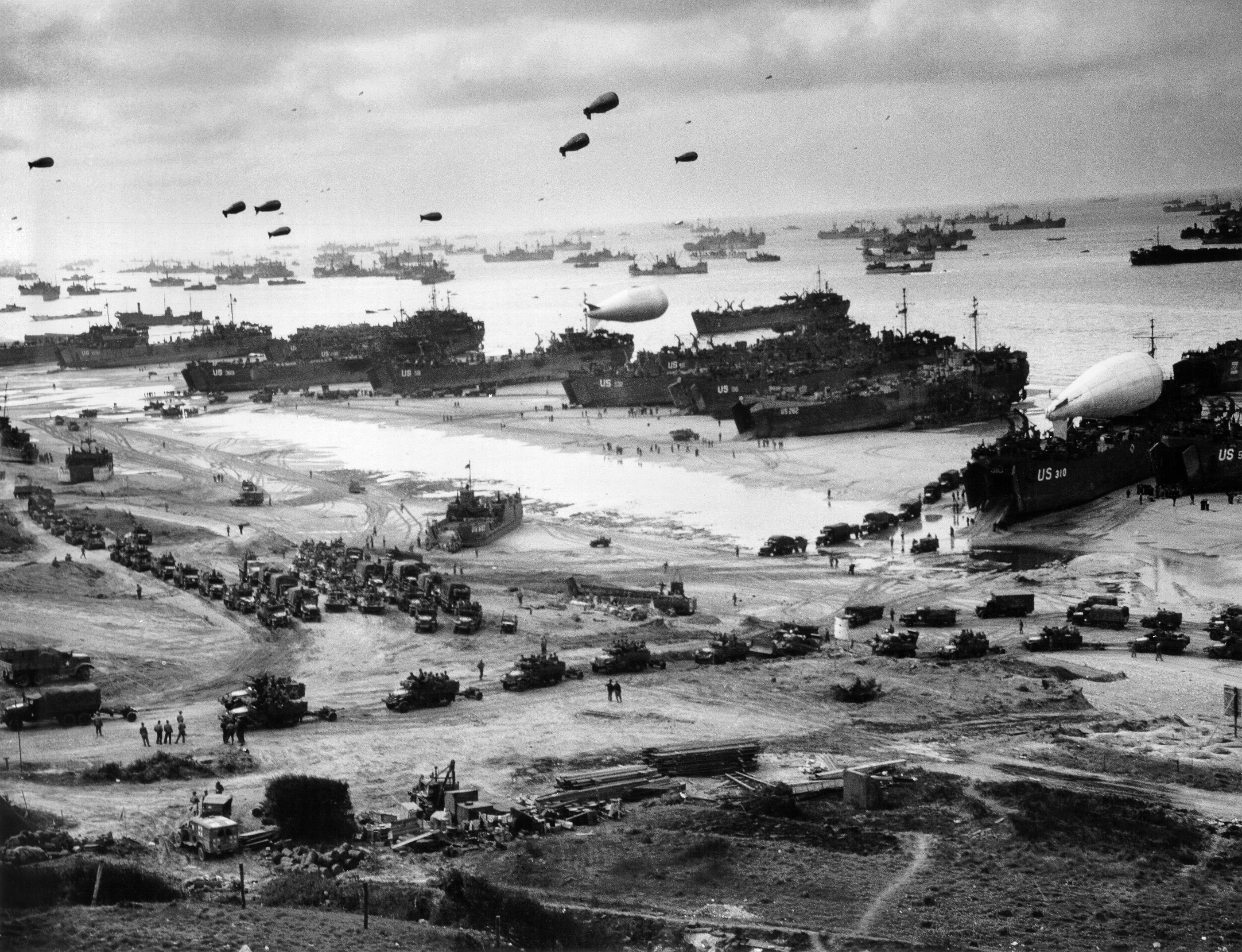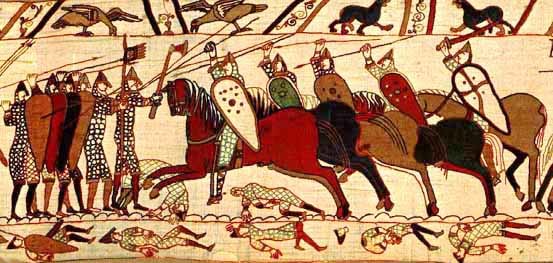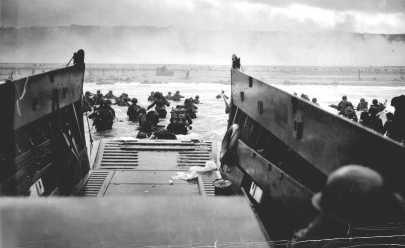I called this journal of my trip to France “A French Connection” and with good reason. After we left Mont Saint Michel we left behind fairytale castles and gaudy tourist destinations for places that served to turn the tide against one of history’s darkest periods. France for me was always Normandy, over Paris, Mona Lisa and even the gardens of Versailles. Everywhere we had gone, everything we had seen, it is here because of events that happened almost seventy years ago. To those who have read my previous travelogues, the following few will be very story driven as much as they will include pictures of places and people.
Vacations can be many things, but they are stories we share with our family, with others, and some experiences cannot be told with pictures alone.
I’m a student of history, of culture, and like many people
I have family that fought and served during World War II. My grandfather worked in the Air Force (Air Corps) yards
and my great uncle was in the Pacific Theatre.
My grandmother worked in the USO, and other family members served or fought in
other areas on both sides of my family.
Growing up, one of my favorite hobbies was to stare longingly at a
wooden propeller my grandfather got from his time in the military. When I took courses in Japanese study, the
war was always a sobering subject in reflection of the atrocities and actions
of the Japanese. My only connection to
the European Theatre was my Great Uncle Ralph but I don’t know much about him.
Normandy was and is a sacred place. While the coastline has changed, and the
razor’s edge of that war has long since rusted from the battering of the sea, it
is no less a hallowed ground than when the plan known as Operation Overlord
stormed the beaches in 1942. Simply
going there is not enough, however. You
cannot visit here without context, without someone who has had a personal
connection to the war. I would dare to
say that anyone who lacks one or both of these things really can’t learn or
experience all Normandy has to offer.
Our connection came in the family Roquefeuil and the Chateau Bouceel.
The Chateau Bouceel is not what you picture at first when you think of a French manor, but it has a beautiful and subdued, stately charm. Approaching from the road, the house rises on the top of the hill, made of hewn stone with huge windows that look out over a pond and pastures in front and farmlands in the back. The grounds are extensive, including these things but also including a private chapel and other structures used for housing people.
 |
| The Family Chapel |
Arriving in the yard, we were met by our host, Count Reggi Roquefeuil, an unassuming man, reminiscent in appearance of a young Albert Einstein, yet he carries himself with that weight and stature of one descended from such wonderful history whenever he speaks of it. He invited us indoors, and from that point on, history was our guide.
Inside, from the moment you
step through the door you step into history.
I didn’t know the breadth and scope of what I was getting into when I
came here. Portraits hang on every wall,
and every one of them was related to our host. He smiled as we went up the stair and
pointed to a few portraits on the wall.
“My grandmother, great grandmother, great grandfather…” he said before
pausing before one particular portrait.
It showed a young man in colonial dress standing before a four masted
wooden ship. “My great ancestor who
fought in your revolutionary war.”
 |
| Ancestor from the Revolution of America |
He went on about the house, how it was built just before the Revolution, burnt down, and then the insides rebuilt after. "The floors were saved when Napoleon decided he wished to make his great street, the Champes Elysses. He tore apart all the old buildings, but these floors are from some of them."
 |
| Marie Antoinette is prominent among the other portraits of actual family. |
 |
| Remember these three items, we will come back to these later. |
 |
| The "Armond" Cherry tree branch. As a reference, that umbrella is about half as tall as my leg. |
Sitting with Reggi, France finally clicked for me. Until then, it was about "seeing things" and the experience of seeing them. Talking to a local, who could speak and recount all the little details of his history and the stories of the land around him, I got a whole new perspective. The Count is a wealth of historical, philosophical and genteel conversation, and he loves to engage and be engaged by his guests.
It was fascinating for me just to hear the man talk, recount these
stories as if they were yesterday. As it was though, we were hungry from our journey. Reggi gave us a suggestion on the local food. We ate at a lovely restaurant called, "La Ferme Saint Michele." This part of France is legendary for its lamb, highly recommended with any trip to France. Apparently the farmers let the lambs feast
on the salt marshes, and this imbues a unique flavor to the animals. True to promise, the food was superb.
We ate well, secure in the knowledge that our host had more to say when we returned. Little did I know that I was to learn far more more about our host, his family and the house in which we lived than even I anticipated. It is a tale I share with you all in my next post, a story of love, life, danger and the courage of Reggi's father acting in the French Resistance against the Nazis.
 |
| Saltgrass Lamb |
 |
| Carrot Soup |
 |
| Orange Creme Brulee |
We ate well, secure in the knowledge that our host had more to say when we returned. Little did I know that I was to learn far more more about our host, his family and the house in which we lived than even I anticipated. It is a tale I share with you all in my next post, a story of love, life, danger and the courage of Reggi's father acting in the French Resistance against the Nazis.












